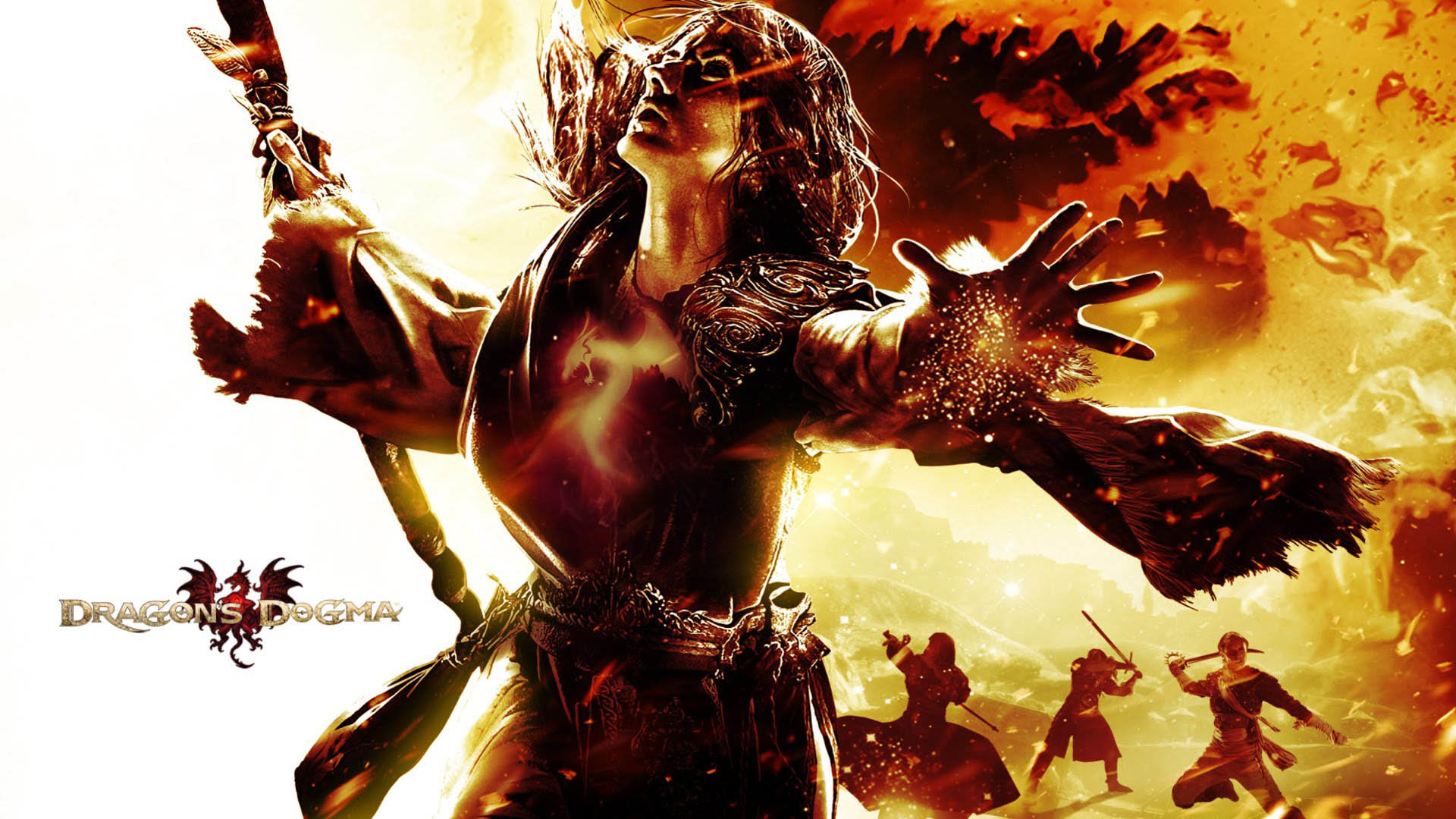I’m ashamed to say I previously missed out on Dragon’s Dogma when it first launched back on Xbox 360 and PS3 back in 2012. Despite being received well with critics and building itself a cult following, it was just something I never got around to playing. With the release of Dragon’s Dogma: Dark Arisen on current generation hardware, a new opportunity to play it has arisen (see what I did there!) which I thankfully was able to take advantage of.
If you haven’t heard of Dragon’s Dogma before, fear not as I have you covered. Dragon’s Dogma is an open world action role-playing game set in fantasy realm. The main distinguishing features is the dark and gritty tone and its focus on slaying fantasy creatures. This version of the game is a visually enhanced version of the 2013 release Dragon’s Dogma: Dark Arisen which in turn was an enhanced and expanded version of the 2012 version. Got that? Great! Now let’s move on to how it plays.
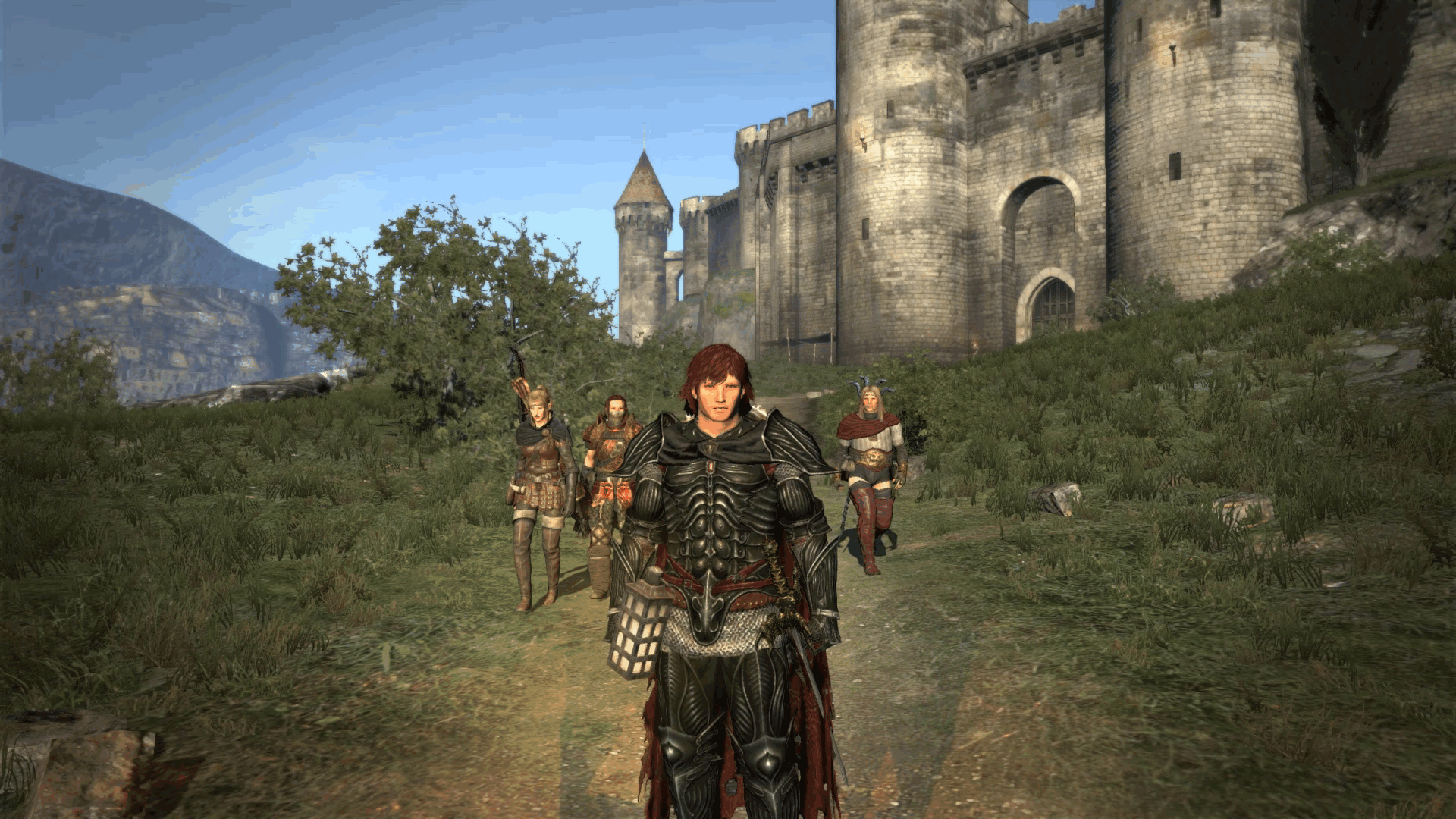
Despite being over 5 years old, Dragon’s Dogma: Dark Arisen feels perfectly at home amongst modern titles. While a large part of this may be due to the small little niche the game has dug itself, credit must also go to the deep yet accessible gameplay and the visual overhaul this edition has received.
The core of the game involves slaying epic fantasy monsters, something akin to Witcher 3. The vast world at your fingertips is filled with a wide host of epic fantasy creatures for you to slay including griffins, cyclops, chimera and ogres. The list really goes on and on.

Each creature is uniquely designed, having different attacks, weaknesses and abilities so consequently requiring different strategies to take down. One aspect of the game to be lauded is the nice even spread of difficulty between the enemies you encounter. Battles can feel like an epic long slugfest, a simple mindless hack-and-slash or anywhere in between.
It is actually the long slugfests which turns out to be the most fun, especially due to how gigantic and menacing the creatures can look. Finally slaying an enemy after what felt like a marathon fight of slowly grinding away its health provides immense satisfaction.
The focus on slaying monsters is only made fun due to the deep yet accessible combat system. The game features various classes which you can select. The main classes fall into the typical melee, ranged and magic stereotypes. In addition to these there are hybrid classes that combine two of the categories together.

Each of these classes includes its own set of abilities and equipment that can be used. While you can only be focused on one class at a time, you are able to change classes at certain locations in the world. You are actually encouraged to change classes through unique abilities in each class that once unlocked can be used in any class. Even without this, experimenting with different classes and abilities is fun and can prevent the combat from feeling stale.
Another unique, I might say definitive, feature of Dragon’s Dogma: Dark Arisen is the pawn system. Being the arisen, your character has the ability to summon up to three companions. These are companions take the form of special individuals called pawns that only answer to an arisen. You can summon up to three pawns to form your party. One of these pawns is your main pawn of which you create and level up. You can choose and change classes of this pawn as you need and also clad and provide equipment for them. This pawn can then also be accessed by other players to form their parties. When your pawn is used in this way it can learn quest information and even learn how to better approach certain creatures. Likewise, you employ other players pawns to fill the rest of the party slots and so have a plethora of pawns to choose from, each with their own unique names, ability combinations, look and helpful information for quests and hunts.
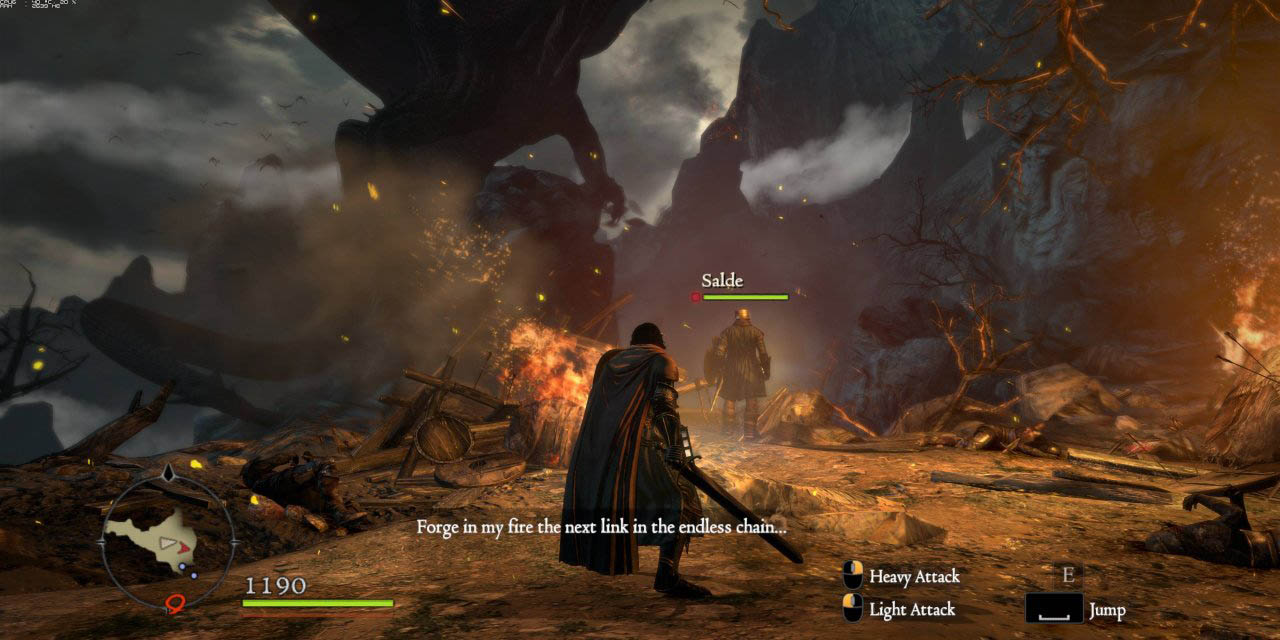
This whole system is both engaging and fun. Ensuring your pawn is the best it can be so others might utilise it is a quest on its own. Much of the depth and enjoyment from combat comes from building parties with a good combination of classes and abilities that supplement each other.
The story starts off semi-generic, you are an ordinary peasant who after of series of events becomes some special chosen one destined to save the world. While it starts out with the usual RPG tones it does become a lot more engaging as you explore and participate in the various quests that you find along the way.
One truly fascinating and well incorporated aspect is this underlying link between everything you do in the world. Side quests are not these separate tasks that you do and forget about but can in fact impact and alter future main and side quests. Quests also frequently have multiple ways to complete them, some obvious and some not so obvious. The choices you make, whether conscious or not, do have lasting impact on the game.

This however is where it gets stressful as if you do not do something the ‘right’ way, well that’s it. The game only provides one save. There are checkpoints in addition to saves that can be created to which, if necessary, you can load back to but these checkpoints are infrequent. If you make a serious mistake, likely the game just autosaved and your last checkpoint was far too long ago. Your choices then are either live with the consequences or load to the last checkpoint and have to redo everything you have done since, neither are particularly appealing. This aspect not only makes everything you do traumatic, but it definitely adds a lot of weight to your decisions and actions.
In one instance because I did not complete one seemingly minor side quest in a particular way, I missed out on receiving a certain item as reward. This item was then needed to obtain the best outcome for a later, completely unrelated quest.
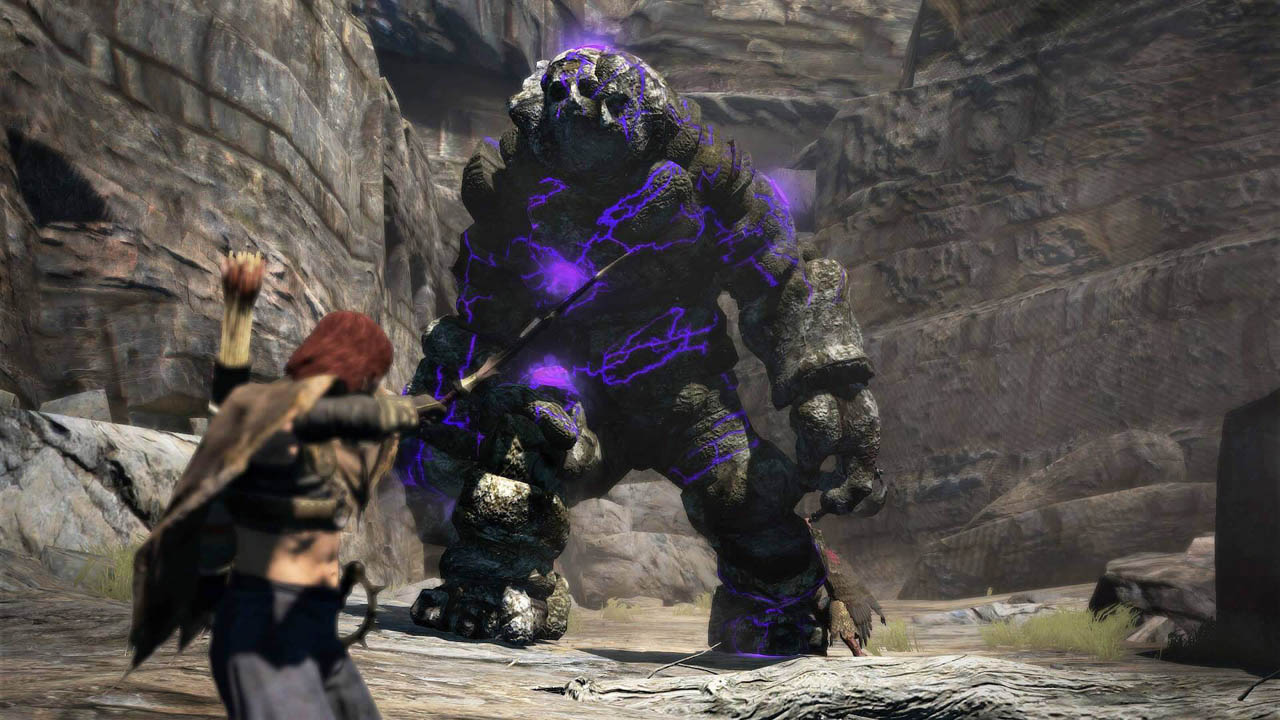
Similarly, some quests have to be undertaken in a particular order, even if they do not appear to be interlinked. It is far too easy to miss out or fail a quest because you do not follow the required order.
This game really is a completionist’s nightmare. If you have even a single completionist bone in your body, you will need to sit down with a walkthrough at your fingertips and read through almost every quest as you encounter them. This, unfortunately, takes away from the immersion of the world.
The game has a very brutal tone and can be quite punishing. Between the minimal forms for teleportation, minimal carrying capacities and very limited stamina for running, exploration can get somewhat tedious. This along with only one save, infrequent autosaves and almost irreversible decision making, it’s not exactly an endearing experience. Not to say it isn’t fun but rather it has a particular flavour that not everyone would appreciate.
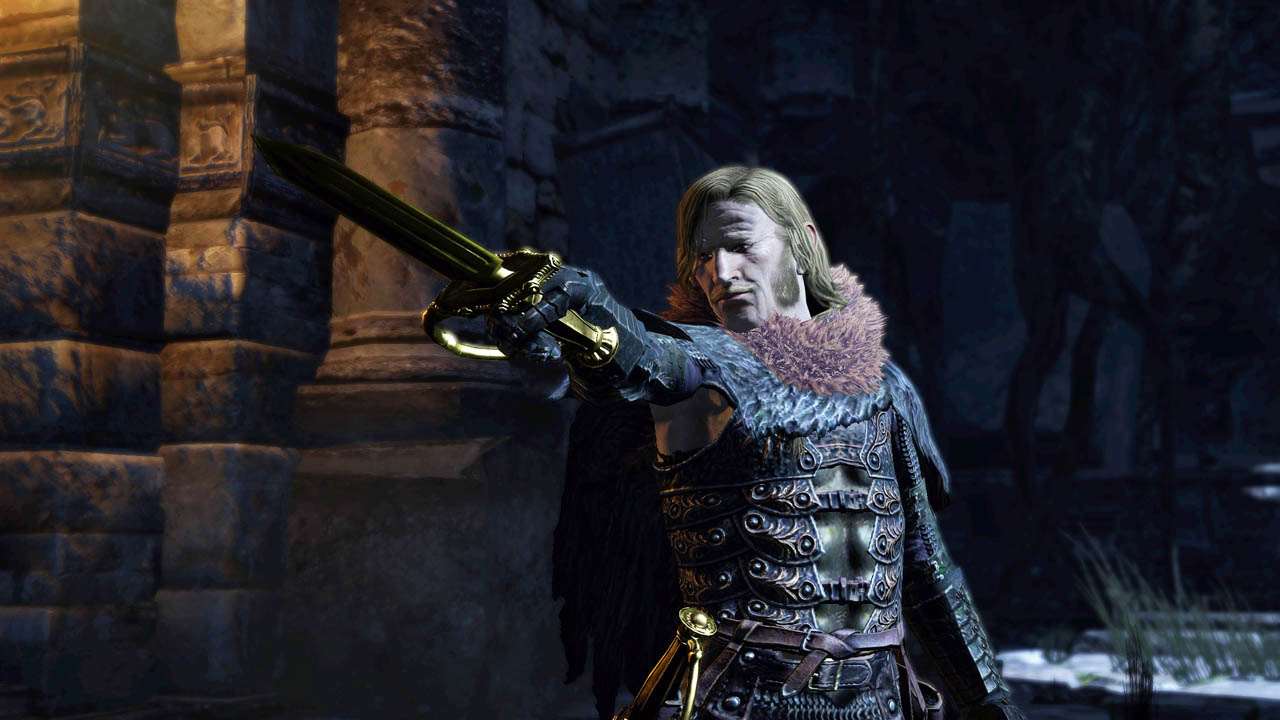
Dragon’s Dogma: Dark Arisen is an epic yet occasionally flawed open world action role-playing game. Although more niche than its open world cousins in The Witcher and Skyrim, it provides a unique and potentially just as enjoyable experience. The inter-relationship between quests and their multiple possible conclusions provides a refreshing yet stressful gameplay aspect that helps distinguish it from the pack.
The punishing nature of the game also adds to this unique and niche flavour. Dragon’s Dogma: Dark Arisen may not be for everyone but if it is for you will find yourself not needing another game for quite some time.

Released: September 2017
Rating: M15+
Platforms: PlayStation 4
Genre: RPG, Action
Developer: Capcom
Publisher: BandaiNamco</p

